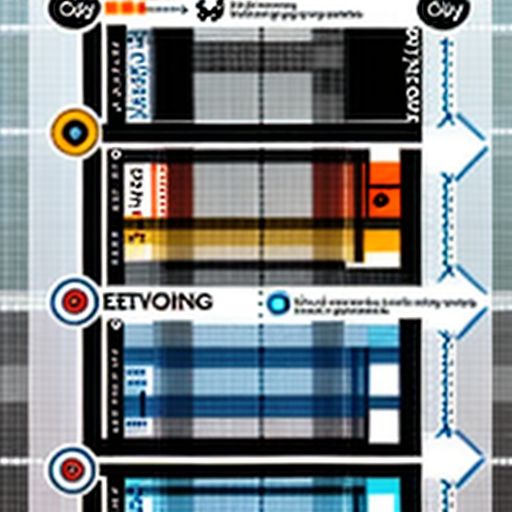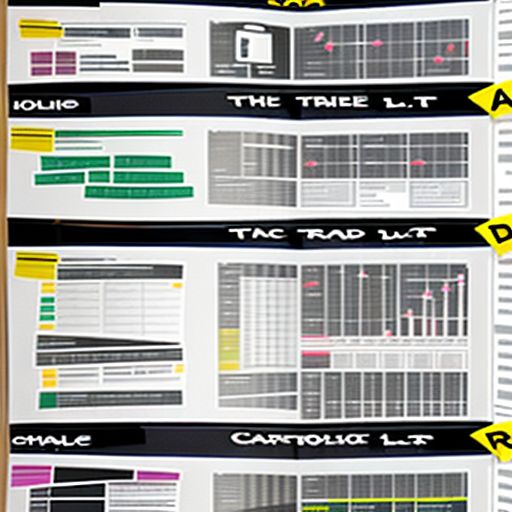Imagine this: you’re on a team building a magnificent Lego castle. Would you meticulously plan every detail before placing a single brick? Or would you embrace a more flexible approach, adapting to new discoveries and ideas as you build?
In the world of software development, that second approach is known as Agile Project Management. It’s a dynamic and iterative methodology that prioritizes flexibility, collaboration, and delivering value to customers quickly and efficiently.
What is Agile Software Project Management?
Agile Software Project Management is not a rigid set of rules but rather a set of principles and values. It’s about embracing change, working in close collaboration with stakeholders, and continuously improving the development process.
Here’s what makes Agile tick:
- Iterative Development: Projects are broken down into smaller, manageable cycles called “sprints,” typically lasting 1-4 weeks. Each sprint results in a working product increment.
- Customer Collaboration: Regular feedback from customers is actively sought and incorporated throughout the development process.
- Team Empowerment: Agile teams are self-organizing and empowered to make decisions, fostering a sense of ownership and accountability.
- Continuous Improvement: Teams regularly reflect on their processes and identify areas for improvement, promoting a culture of learning and adaptation.
management.daohocthuat.com/wp-content/uploads/2024/07/agile-development-cycle-66908c.jpg" alt="Agile Development Cycle" width="512" height="512">Agile Development Cycle
Why is Agile Important?
In today’s fast-paced technological landscape, the ability to adapt quickly is crucial. Here’s why Agile has become the gold standard for software development:
- Faster Time to Market: By delivering working software in short sprints, Agile helps businesses get their products or services to market faster, gaining a competitive edge.
- Increased Flexibility: Agile allows teams to respond to changing requirements and market demands efficiently.
- Reduced Risk: The iterative nature of Agile allows for early detection and mitigation of risks.
- Improved Collaboration: Agile fosters a collaborative environment between developers, stakeholders, and customers, leading to better communication and decision-making.
- Higher Quality Product: Continuous testing and feedback loops throughout the development process result in higher-quality software.
Common Questions About Agile Software Project Management
Agile can seem like a significant shift for teams used to traditional waterfall methodologies. Here are some frequent queries people have:
1. What are the different Agile methodologies?
While Agile is an umbrella term, several popular frameworks fall under it, each with its nuances:
- Scrum: A structured framework that emphasizes teamwork, accountability, and iterative progress toward a well-defined goal.
- Kanban: A visual system for managing work, focusing on workflow optimization and continuous delivery.
- Lean: A methodology that prioritizes eliminating waste and maximizing value for the customer.
2. Is Agile suitable for all projects?
While Agile offers numerous benefits, it might not be ideal for every single project. Factors like team size, project complexity, and organizational culture can influence Agile’s suitability.
3. How do you transition to an Agile approach?
Transitioning to Agile requires a cultural shift and commitment from all stakeholders. It often involves training, coaching, and a phased implementation plan.
In Conclusion
Agile software project management is more than just a methodology; it’s a mindset. It’s about embracing change, collaborating effectively, and prioritizing customer value. By adopting Agile principles, businesses can navigate the complexities of software development with greater agility, speed, and success.
Have any thoughts on Agile or questions we didn’t cover? We’d love to hear from you in the comments below!





